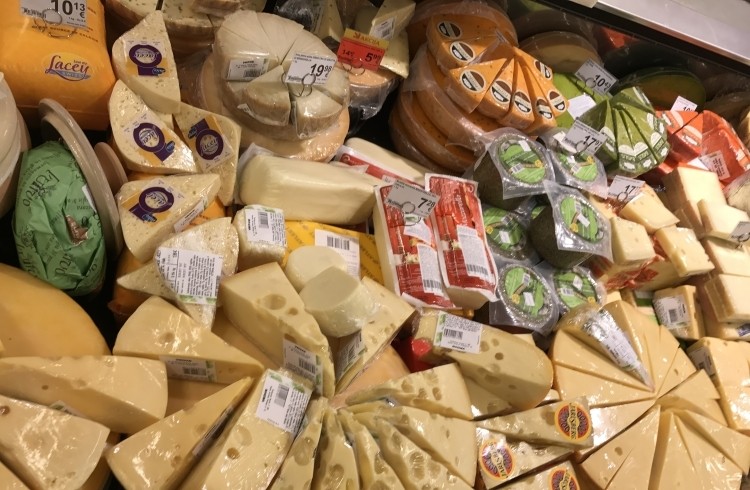Identifying flavor in cheese and yogurt

The taste of fermented foods such as cheese, yogurt, beer, yeast dough, or soy sauce is very popular with consumers worldwide. In addition to volatile aroma compounds, non-volatile substances also significantly contribute to their characteristic taste profile. Above all, these include fragments of long protein molecules that are produced, for example, during microbial or enzymatic conversion (fermentation) of milk or grain protein.
At present, however, it is still unclear which of the more than 1,000 different protein fragments in fermented milk products are responsible for the flavor. One reason is previously used analytical methods are very labor-intensive and time-consuming.
New analytical solution
A team of scientists led by Thomas Hofmann, head of the chair of food chemistry and molecular sensory science at TUM, has developed a new analytical approach to address this problem.
Researchers combined existing methods of proteome research with methods of sensory research to efficiently and quickly identify the decisive flavor-giving protein fragments from the totality of all fragments.
“We coined the term ‘sensoproteomics’ for this type of procedure,” said Andreas Dunkel from the Leibniz-Institute for Food Systems Biology, the lead researcher for the study.
The team tested the effectiveness of the newly-developed procedure on two different varieties of cream cheese with different degrees of bitterness. The objective was to identify the specific protein fragments responsible for a bitter off-flavor in cheese that occurs under certain production conditions.
Narrowing down the possibilities
The researchers concluded a total of approximately 1,600 different protein fragments contained in dairy products could theoretically be responsible for the bitterness. Subsequent liquid chromatography-coupled mass spectrometer investigations assisted by in-silico methods reduced the number of potential protein fragments to 340. Finally, comparative spectrometric, sensory and quantitative analyses reduced the number of fragments responsible for the bitter cheese flavor to 17.
Hofmann, who is also the director of the Leibniz-Institute for Food Systems Biology at TUM, is convinced, “The sensoproteomics approach we have developed will in the future contribute to the rapid and efficient identification of flavor-giving protein fragments in a wide range of foods using high-throughput methods — a significant help in optimizing the taste of products.”
This project by the Research Association of the German Food Industry (FEI) received funding from the “Otto von Guericke” Federation of Industrial Research Associations as part of the Industrial Collective Research program by the Federal Ministry for Economic Affairs and Energy pursuant to a parliamentary resolution by the German Bundestag.
Source:
Sebald K, Dunkel A, Schäfer J, Hinrichs J, Hofmann T (2018) J Agric Food Chem, DOI: 10.1021/acs.jafc.8b04479. Sensoproteomics: A New Approach for the Identification of Taste-Active Peptides in Fermented Foods





